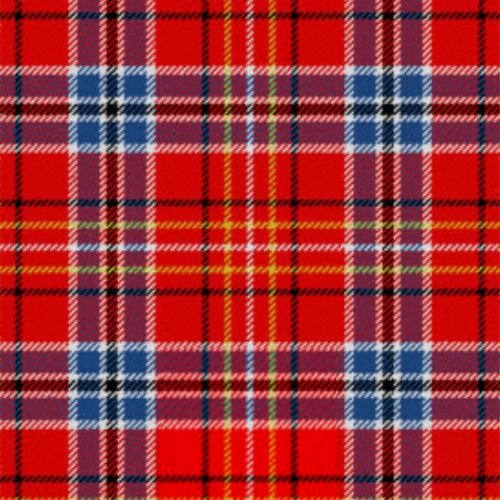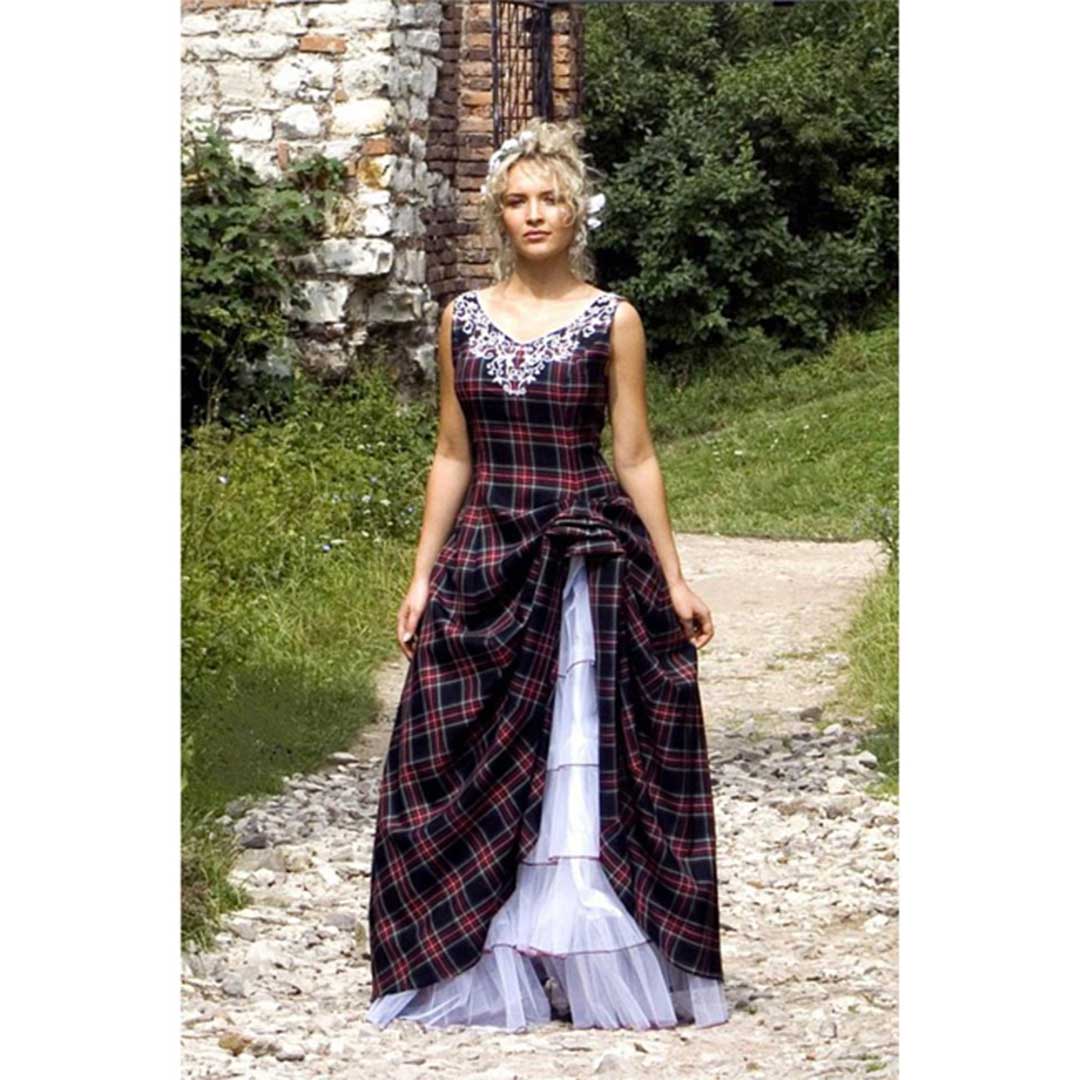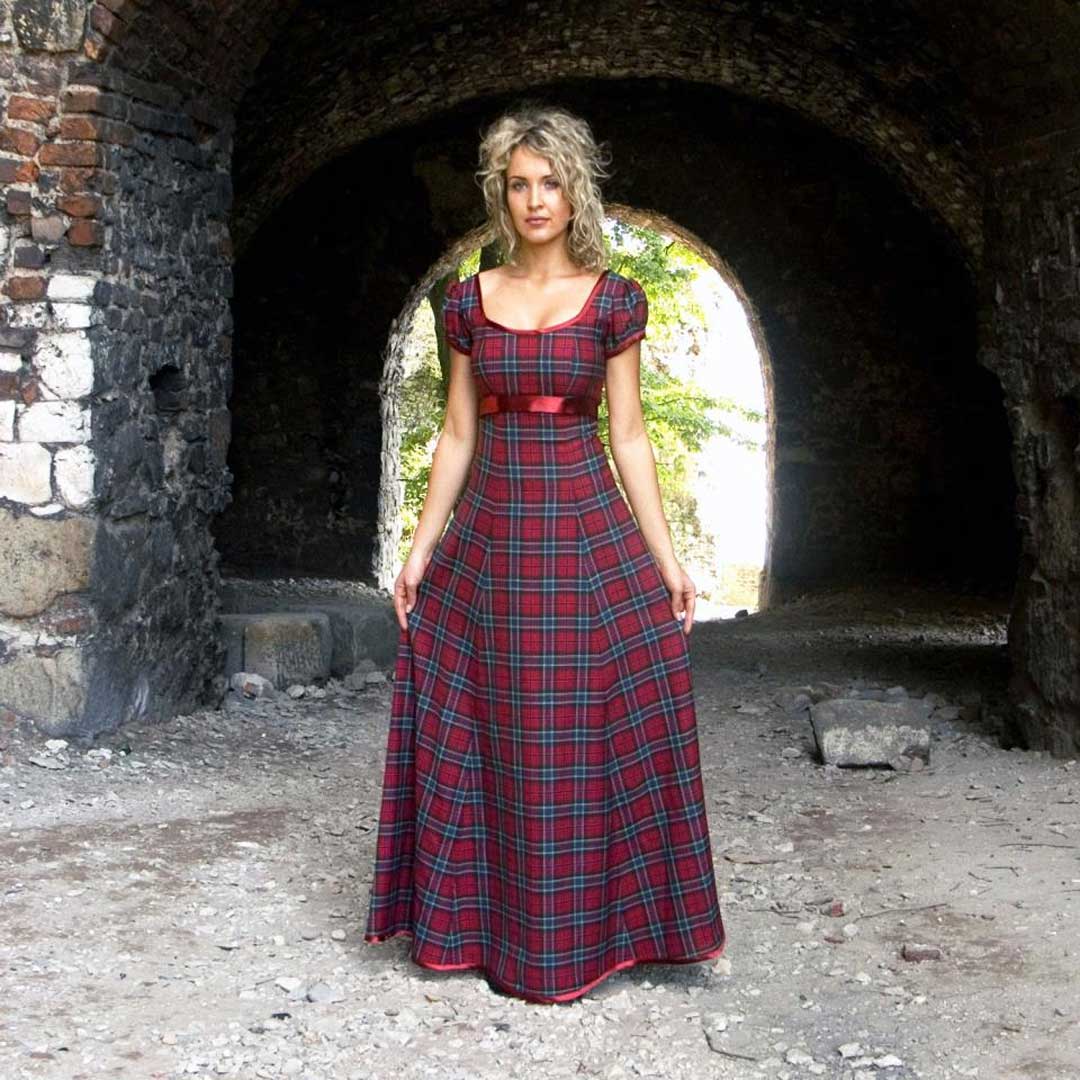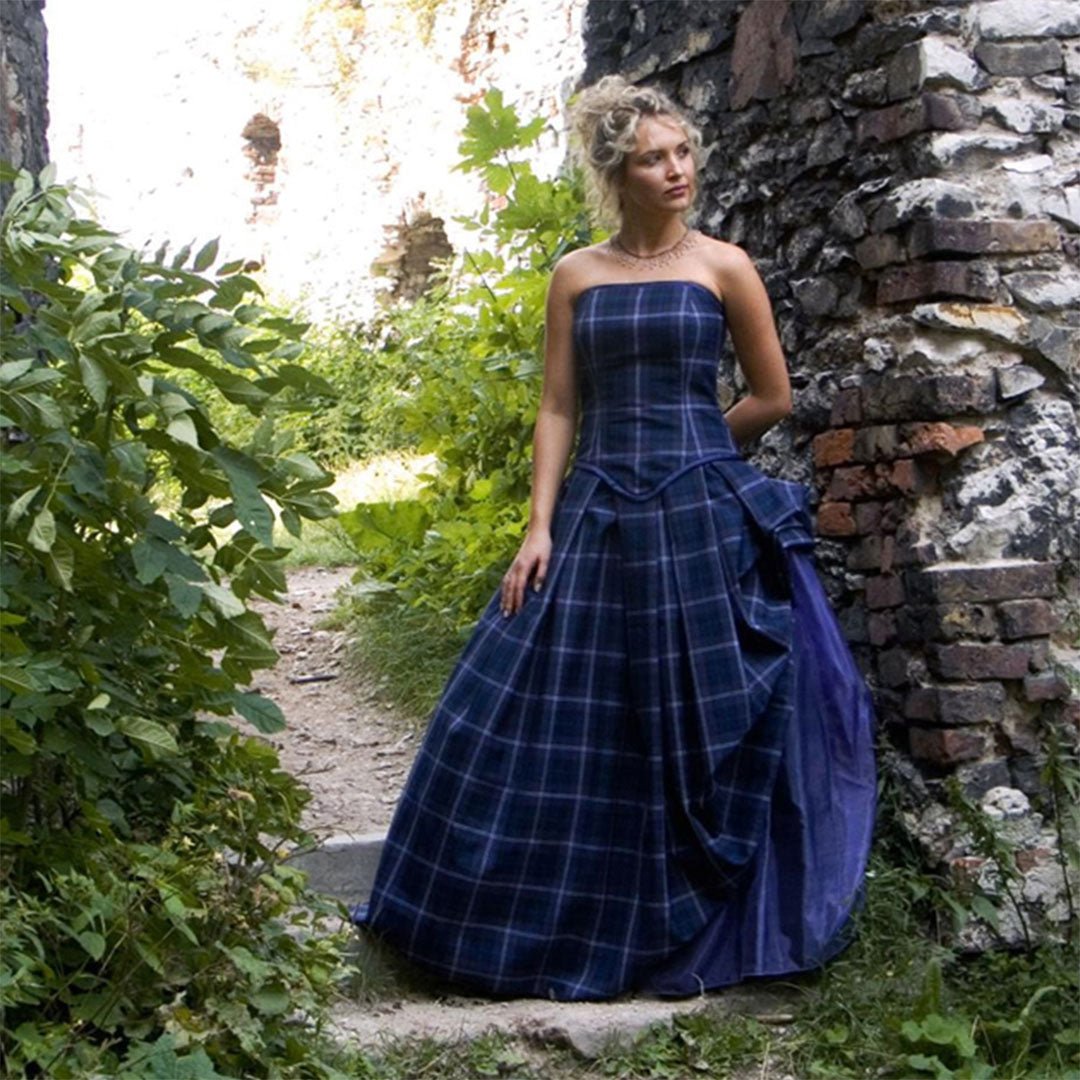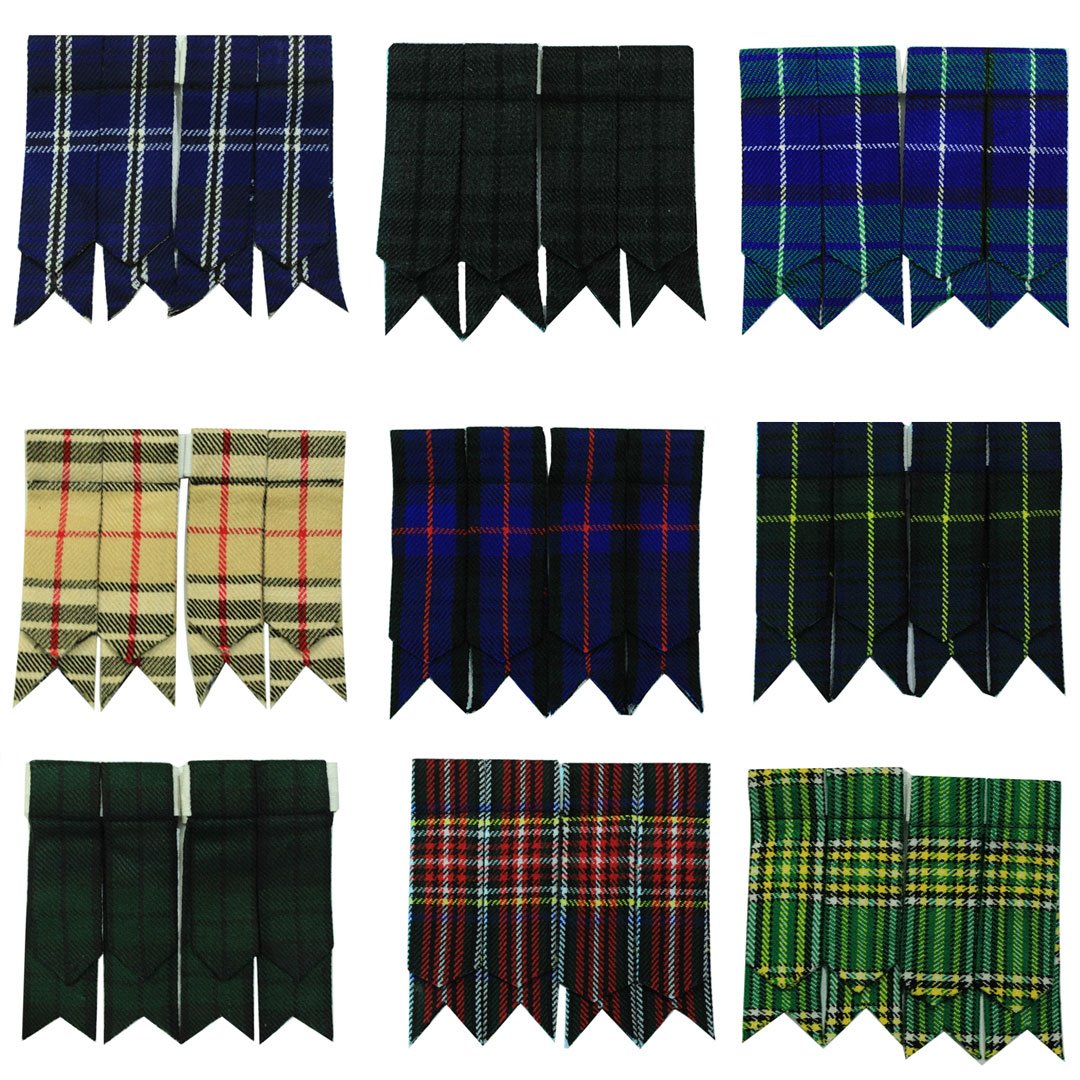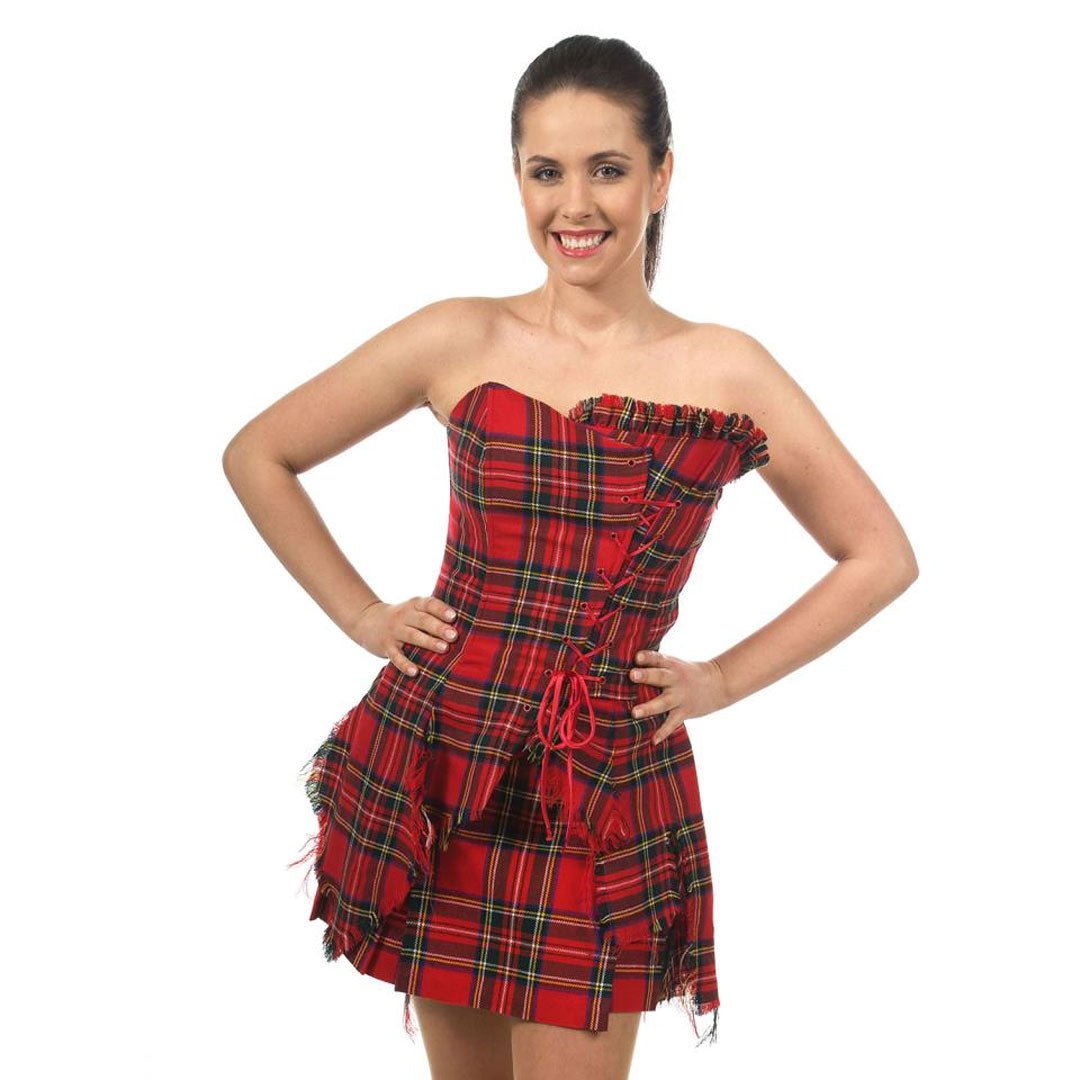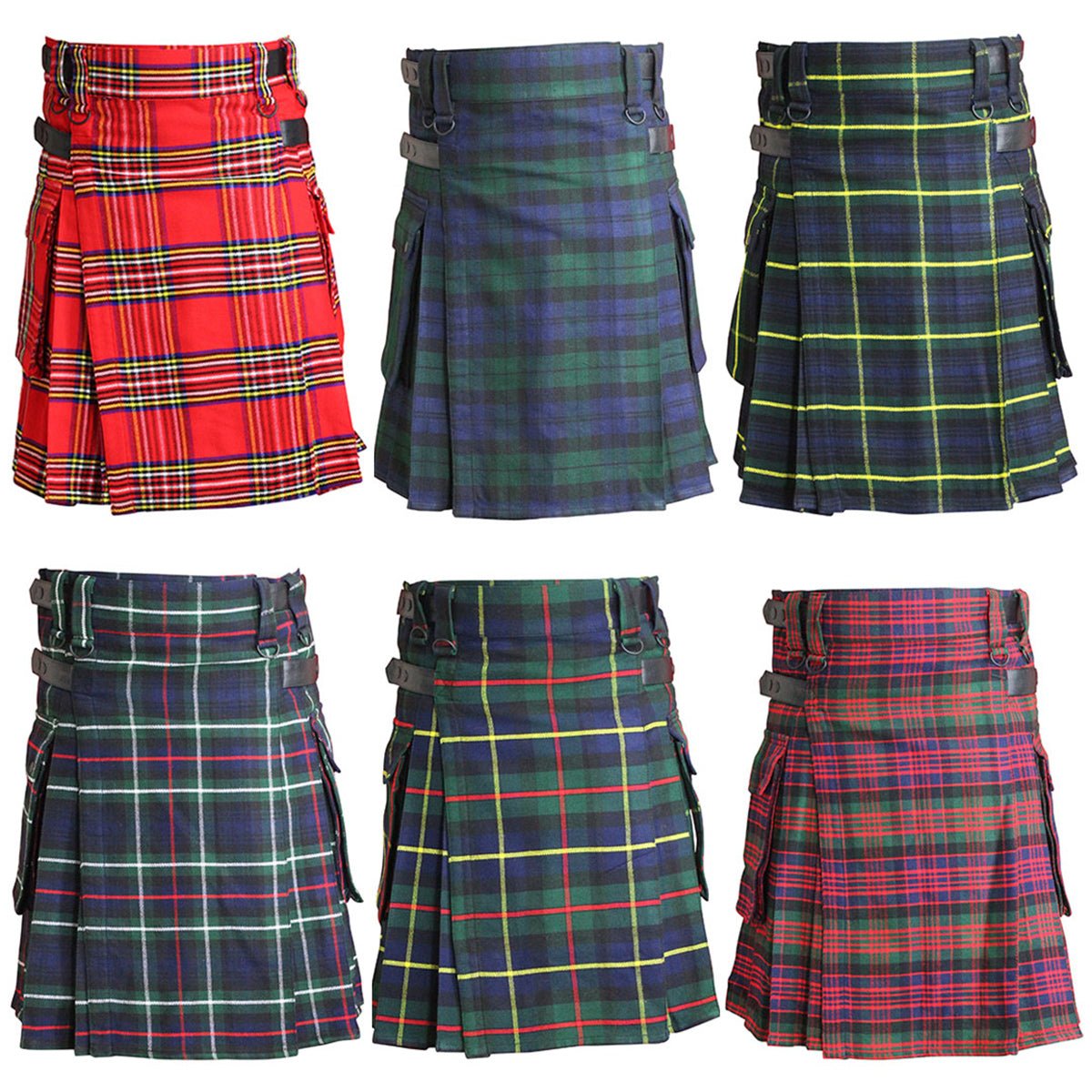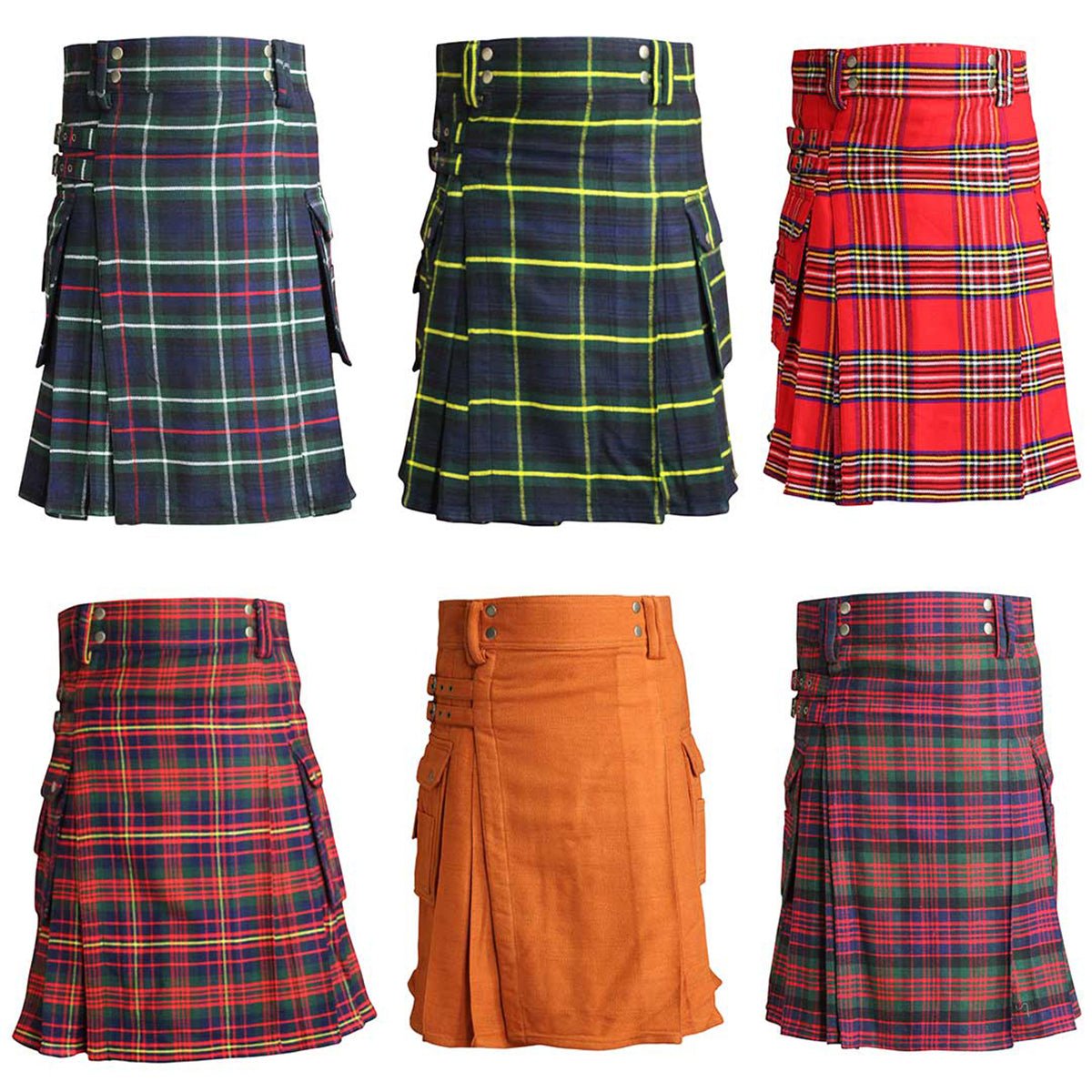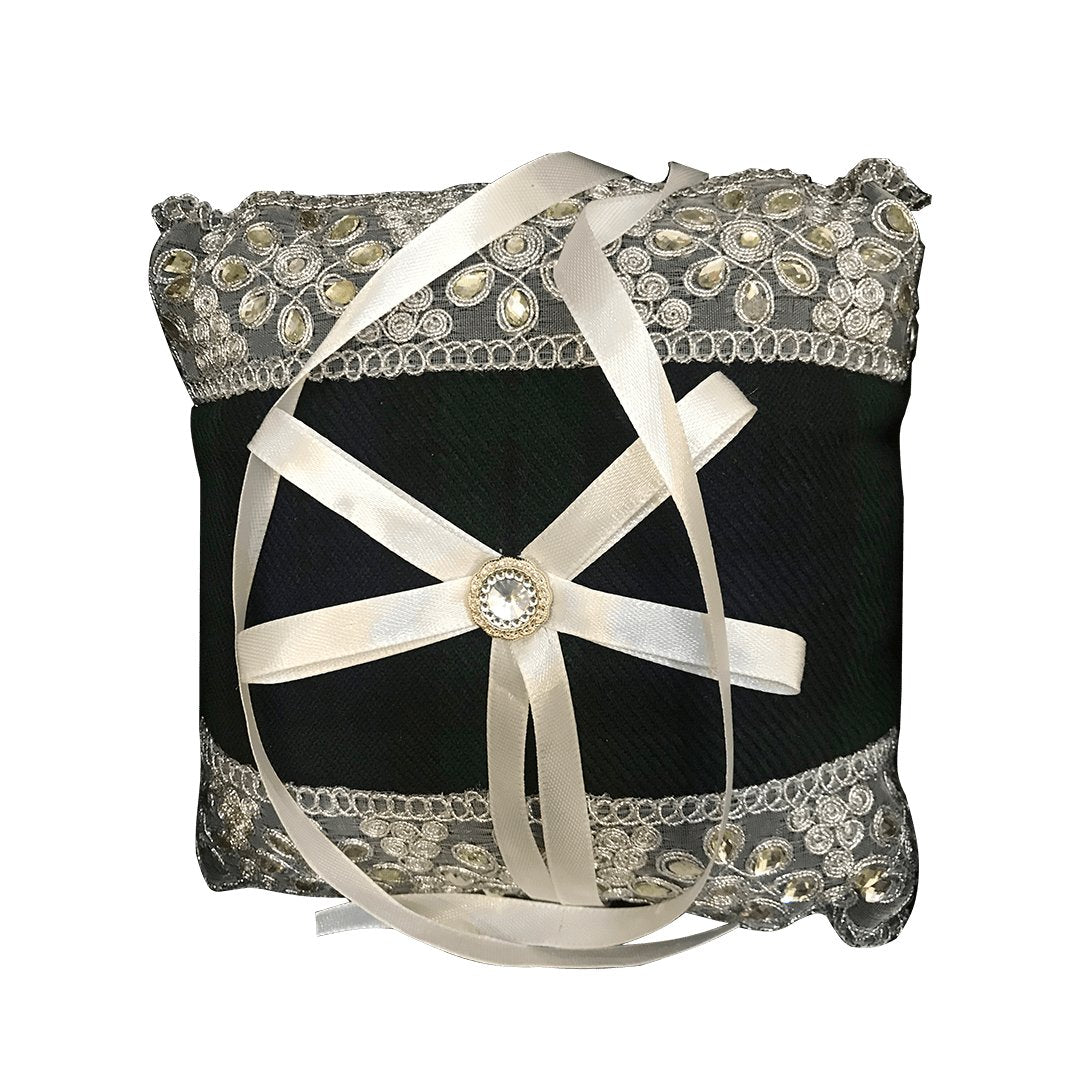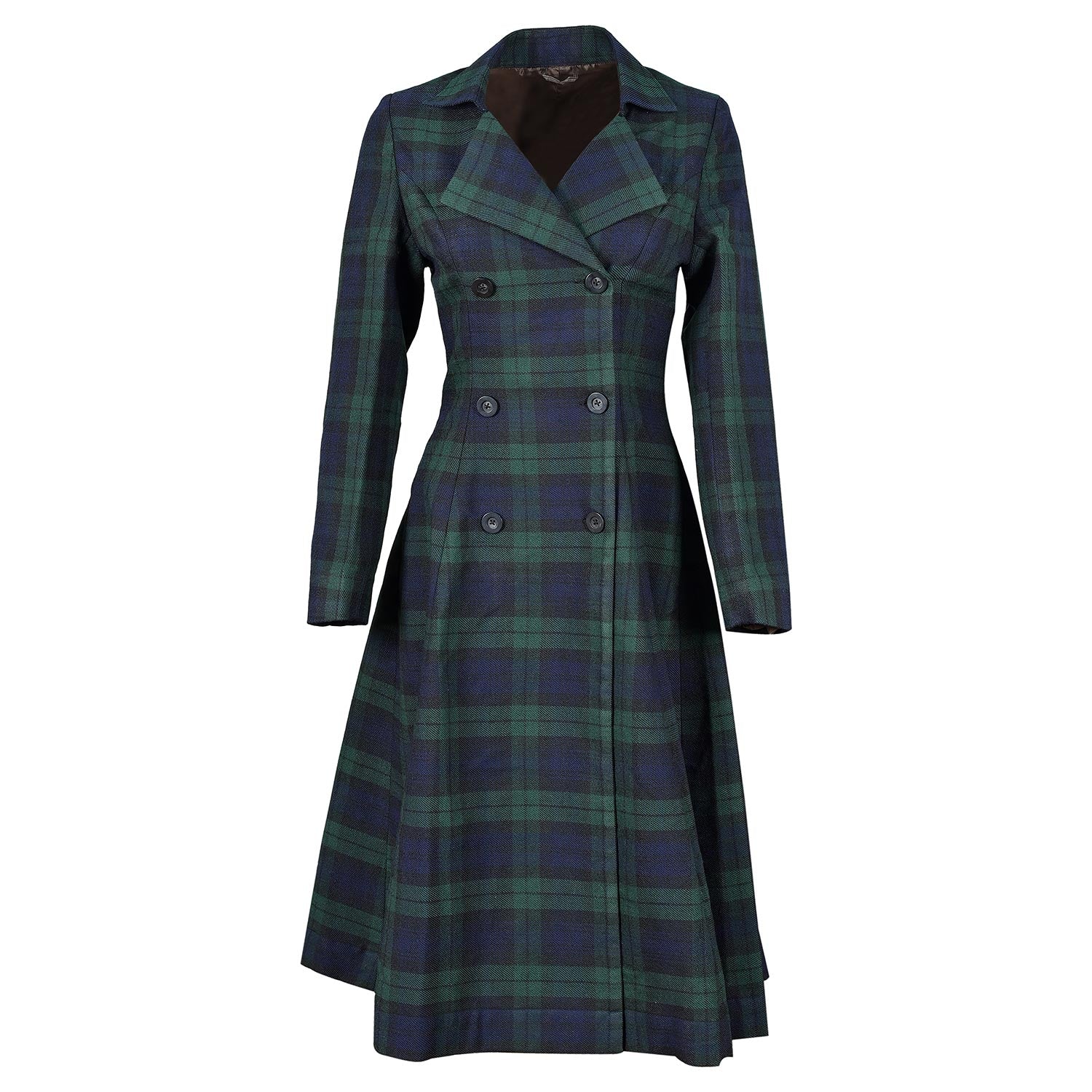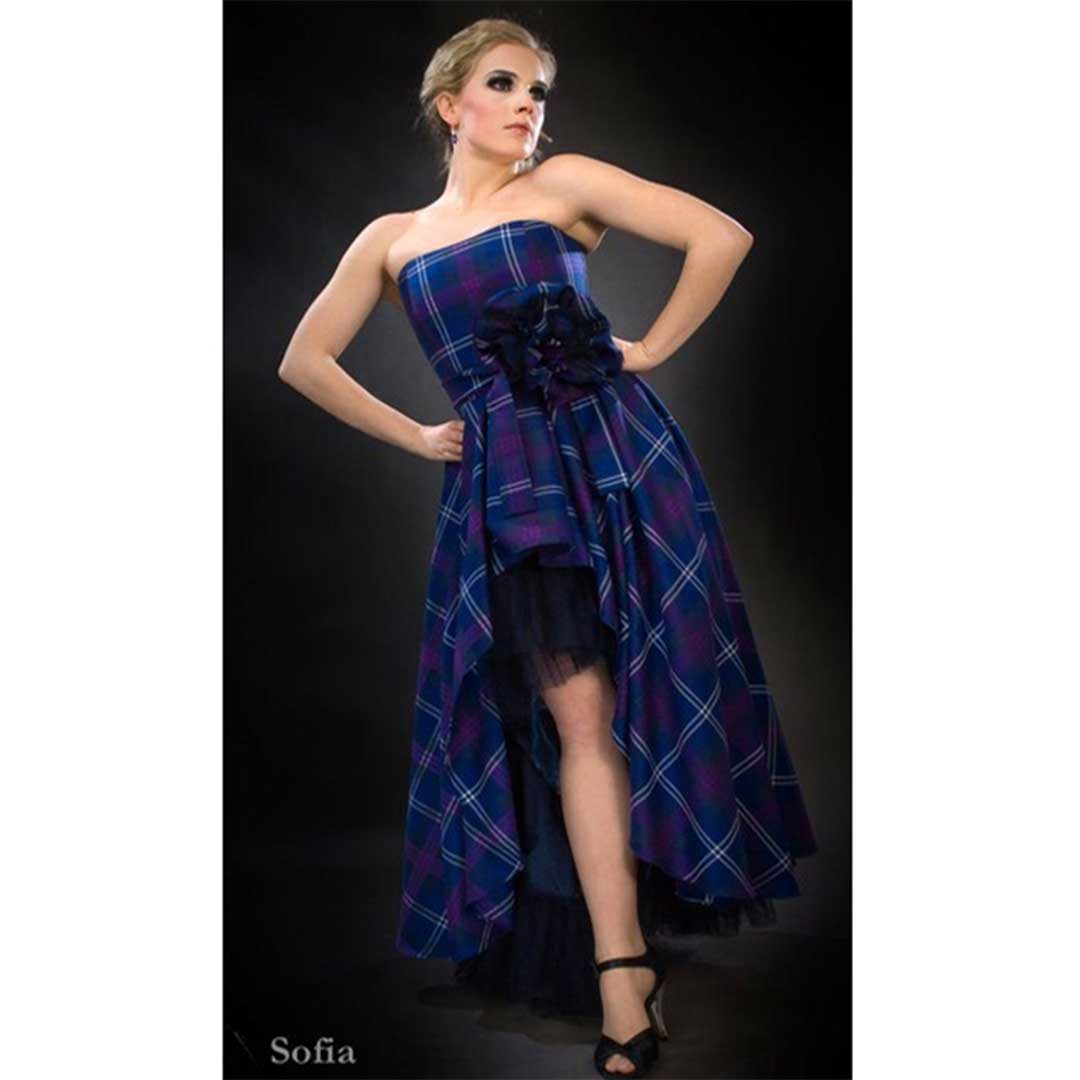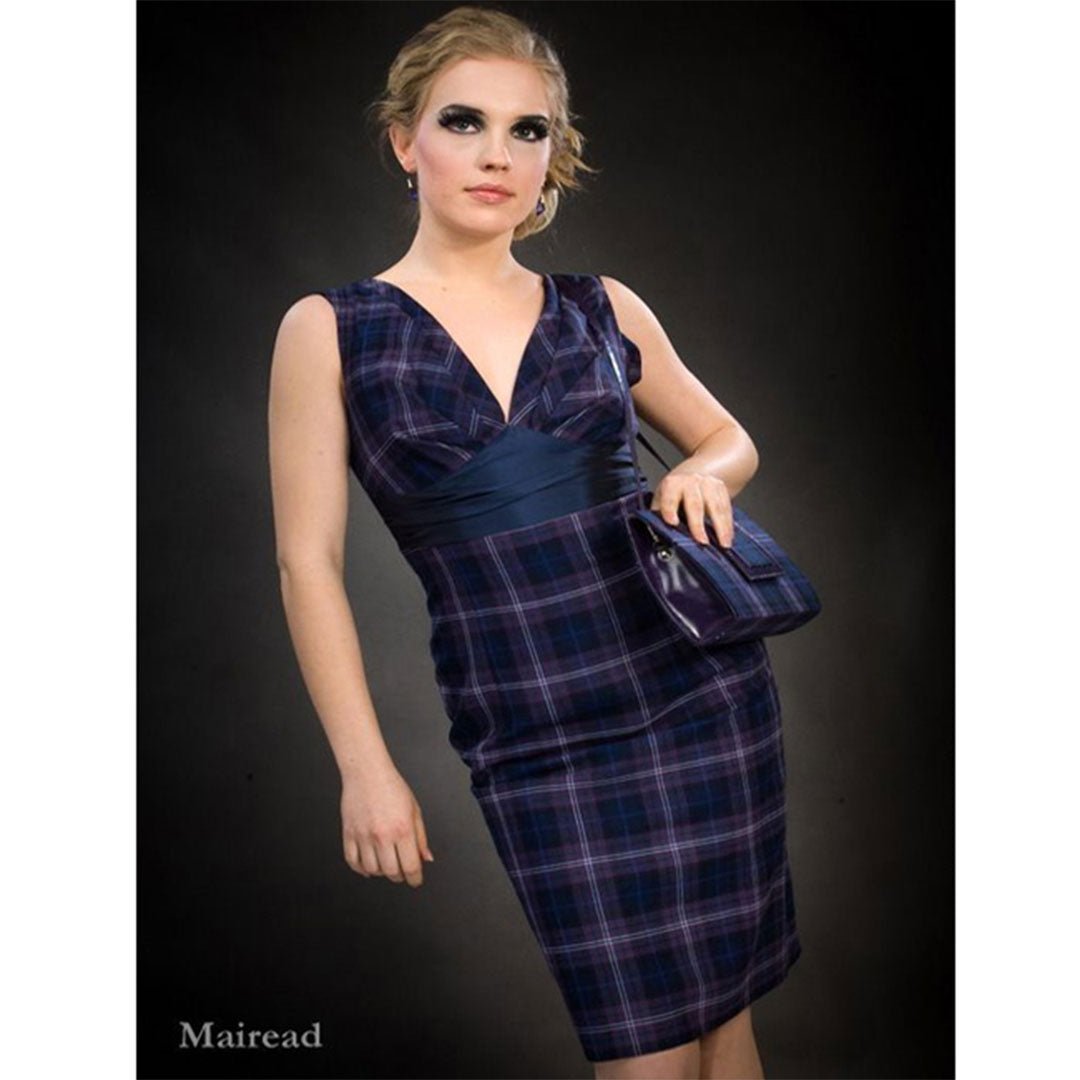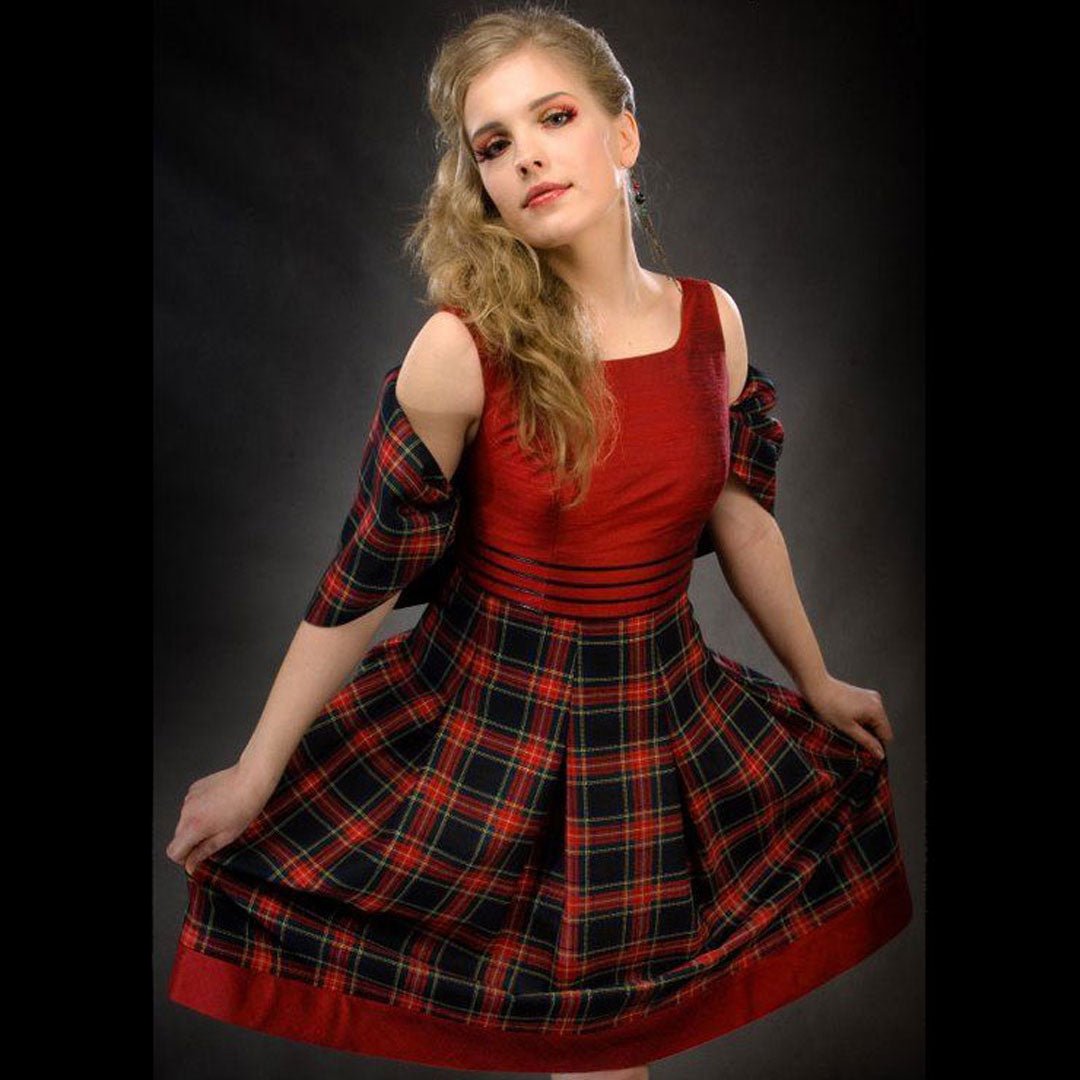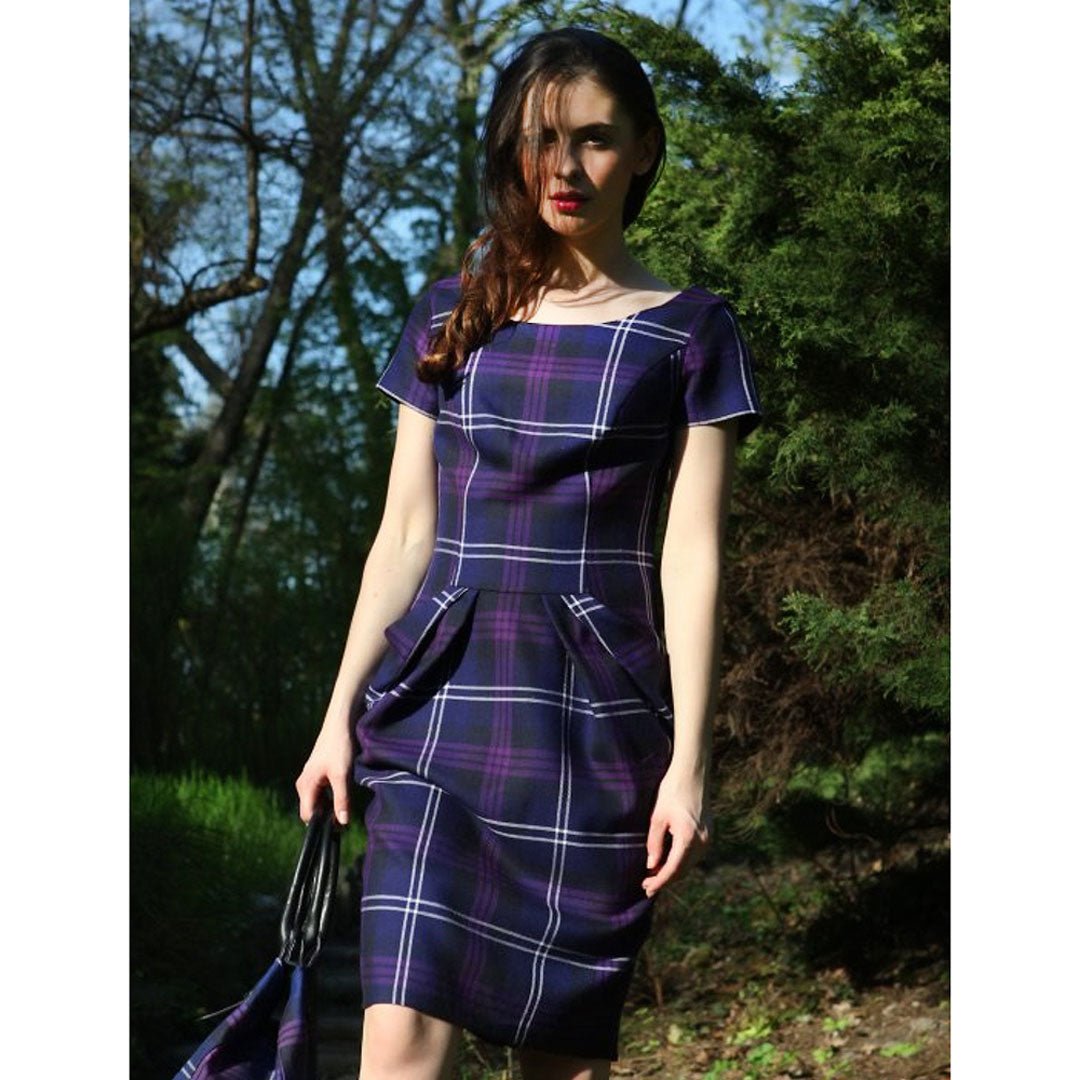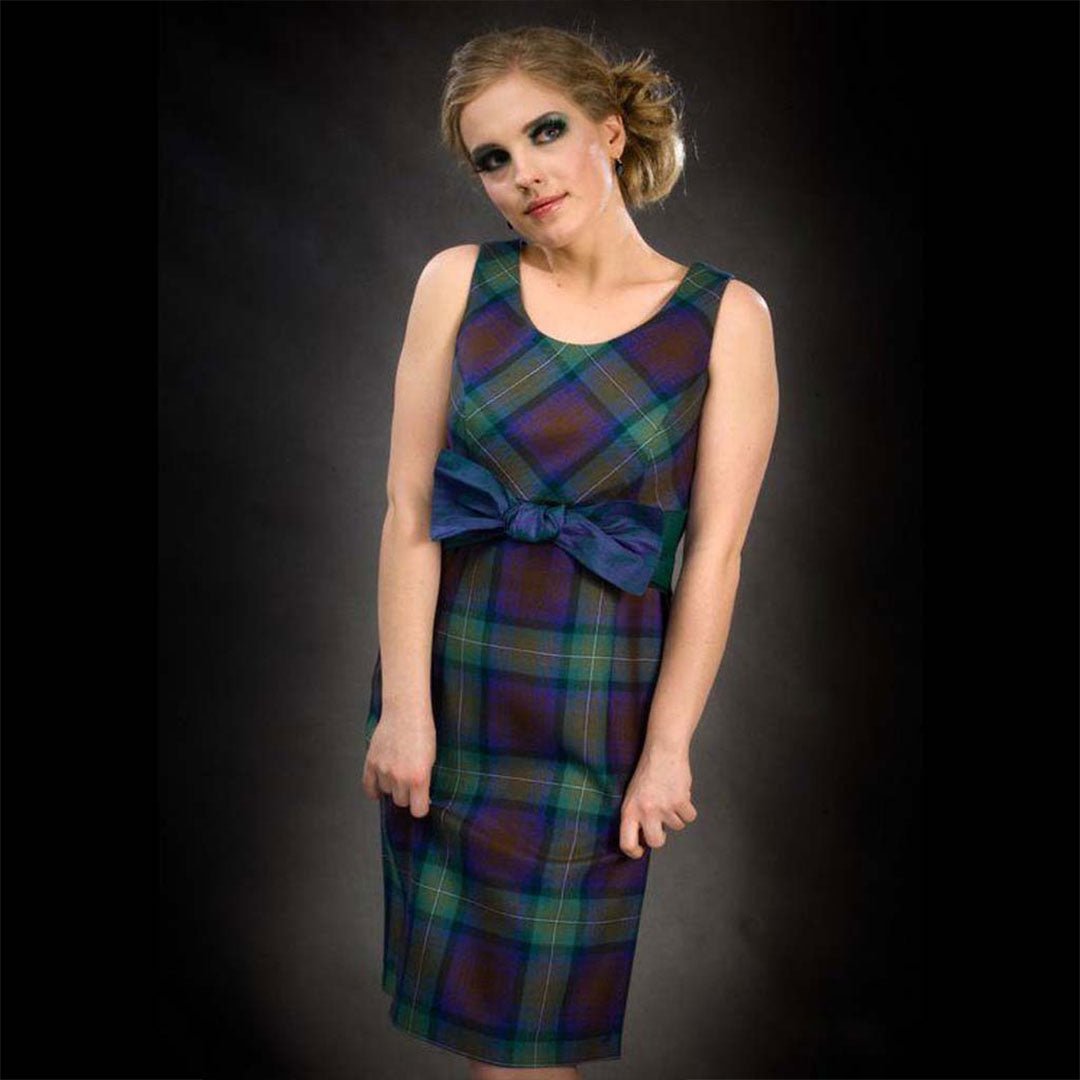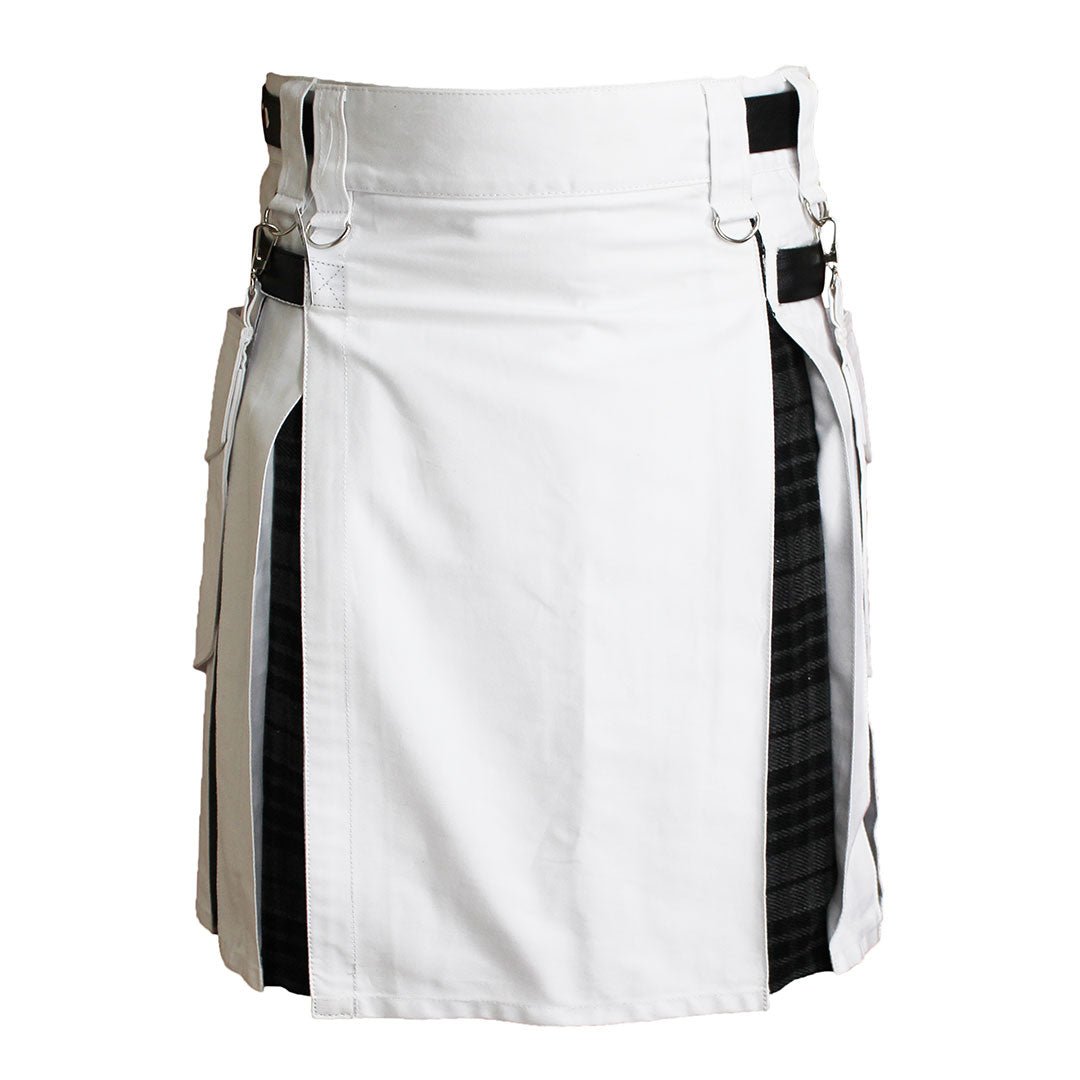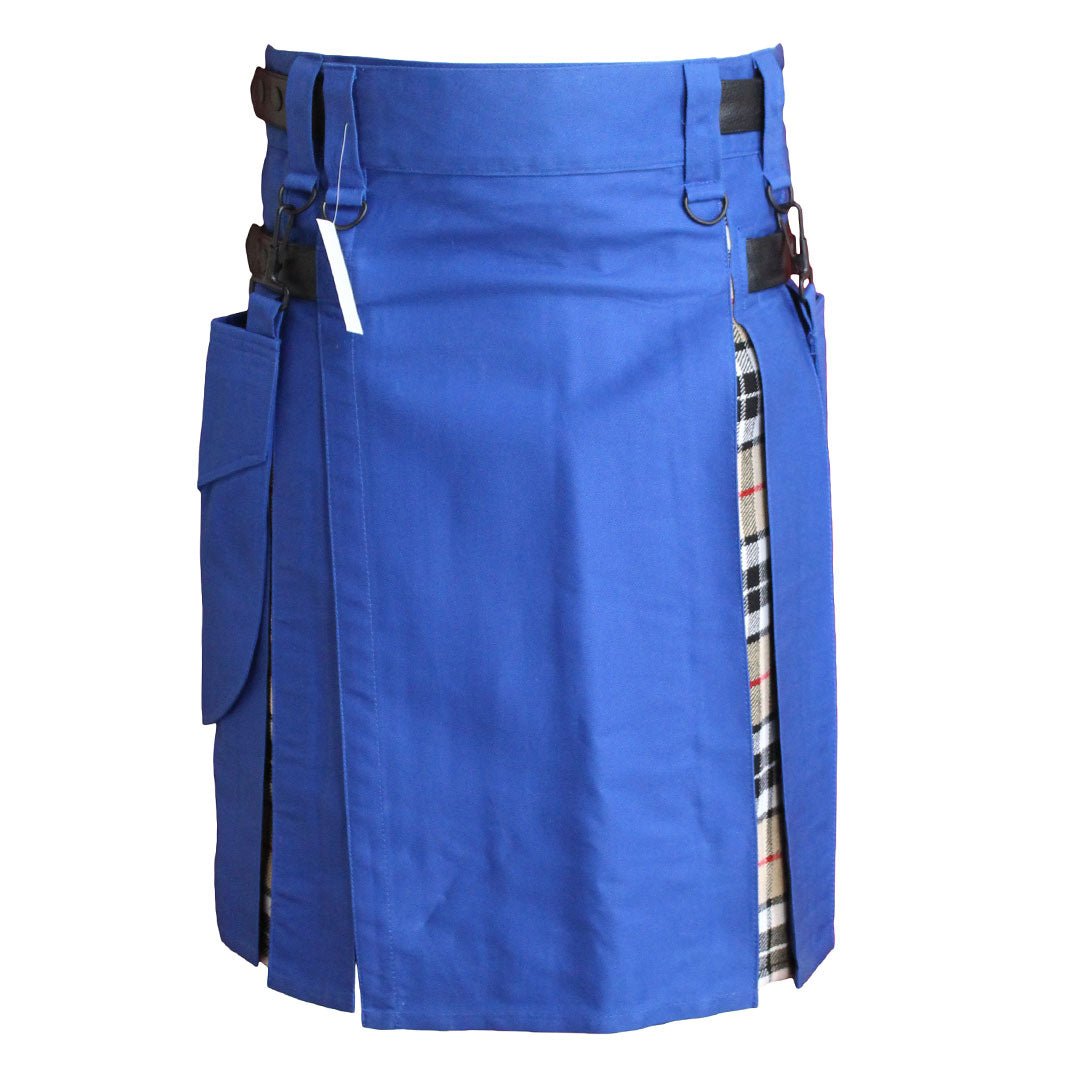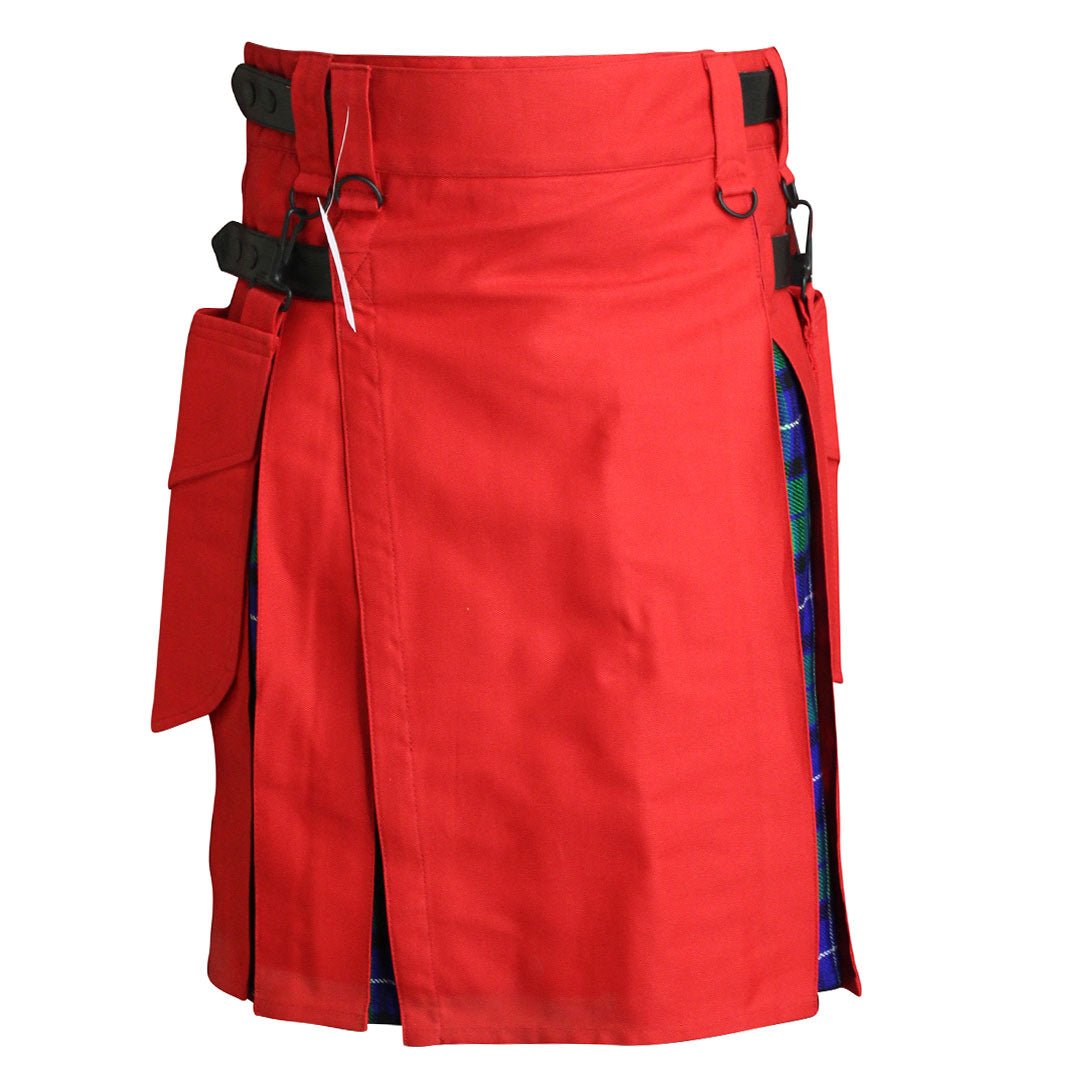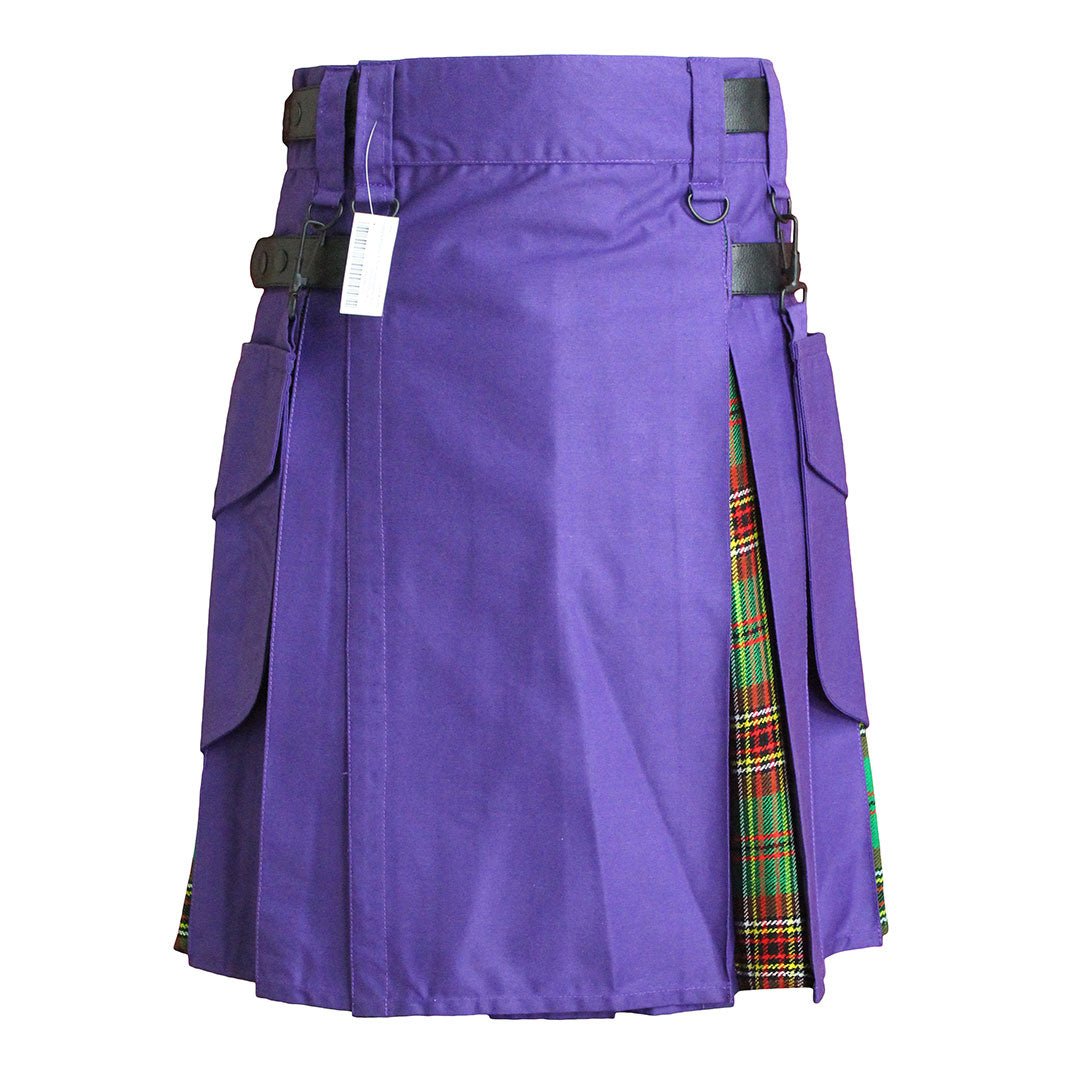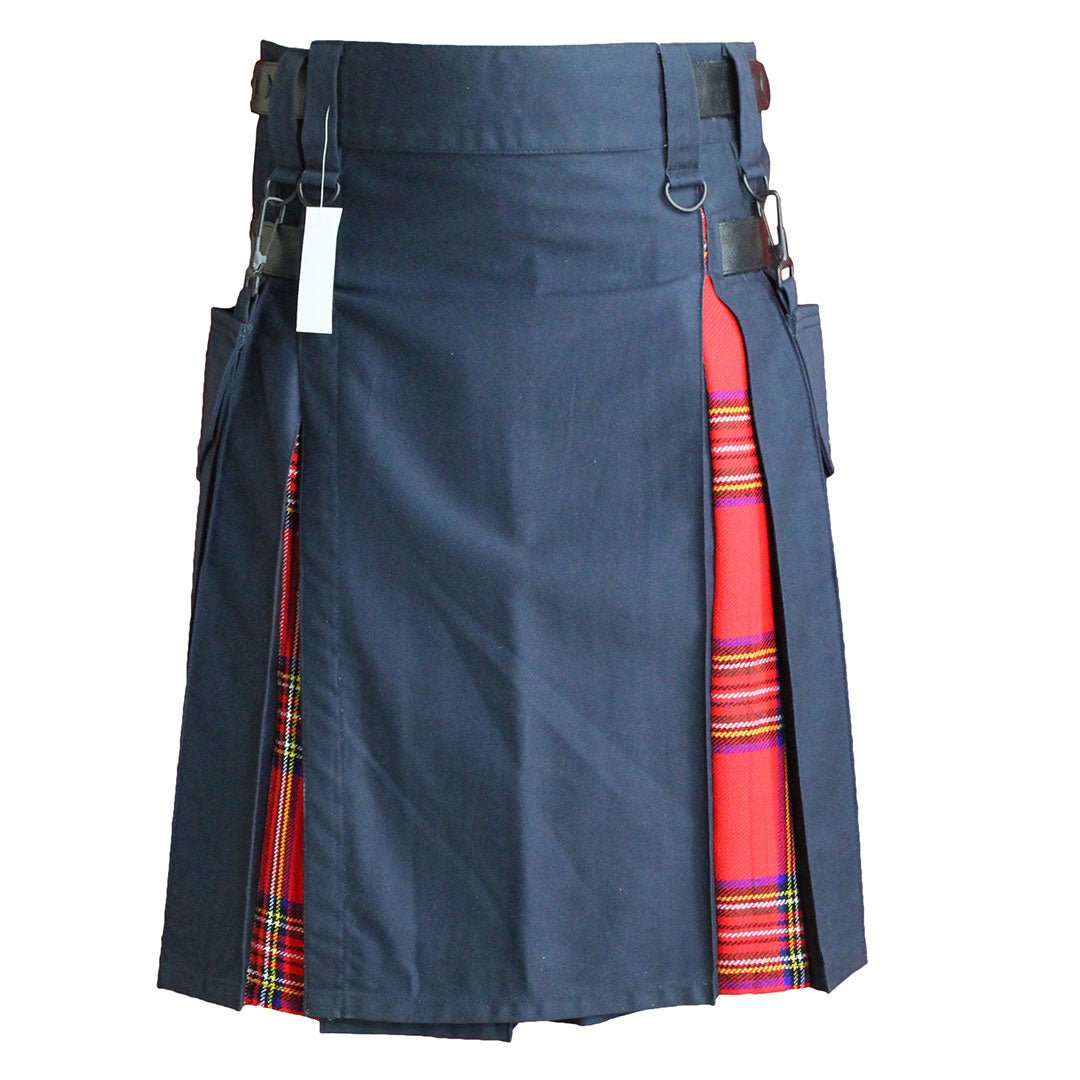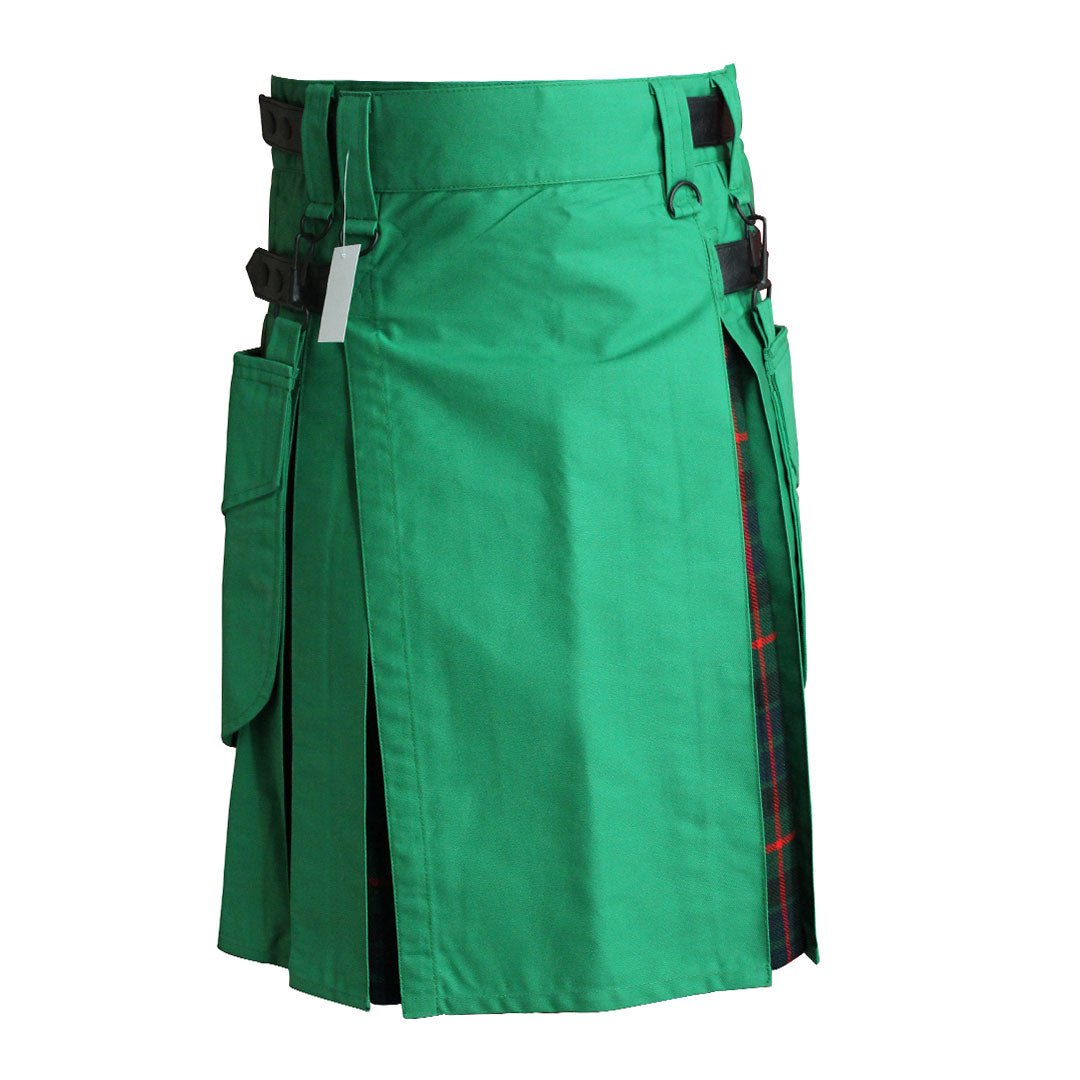Historical Significance
The Blaylock tartan is steeped in rich Scottish heritage, tracing its origins back to the 18th century. Tartan patterns were historically used to identify clans and families within Scotland, and the Blaylock tartan is no exception. Notable figures associated with this tartan include members of the Blaylock family, who played significant roles in the social and political landscape of Scotland. The classic patterns of the tartan have also witnessed various historical events, symbolizing unity and resilience among clansmen during tumultuous times. The tartan's enduring presence in Scottish culture reflects its importance as a symbol of identity and tradition.
Color Scheme & Pattern
The Blaylock Tartan features a striking combination of red, blue, yellow, white, black, and purple tones, creating a vibrant and timeless appearance. The bold red base symbolizes strength and passion, while the blue adds depth, representing loyalty and tradition. The purple accents provide a regal touch, enhancing the overall elegance of the pattern. The yellow and white stripes offer a bright contrast, while the black elements add a sophisticated balance. Together, these colors embody the spirit of the Blaylock heritage, offering a versatile option for both formal and casual occasions. The precise pattern, with its classic check design, adds a touch of refinement to any attire. Crafted from 100% acrylic wool, this tartan guarantees durability and comfort, making it suitable for everyday wear.
Why Choose us
At our store, we pride ourselves on providing a wide range of Scottish cultural products, including custom kilts, skirts, and a full selection of tartan accessories and clothing. Our commitment to custom craftsmanship ensures that each piece is made with care and attention to detail, utilizing high-quality materials while adhering to ethical practices. With easy maintenance, competitive pricing, and rigorous quality assurance, you can trust that every item you purchase will meet the highest standards of excellence.

 100% Acrylic Wool
100% Acrylic Wool Available in 5500 tartans
Available in 5500 tartans Custom made in 1-2 weeks
Custom made in 1-2 weeks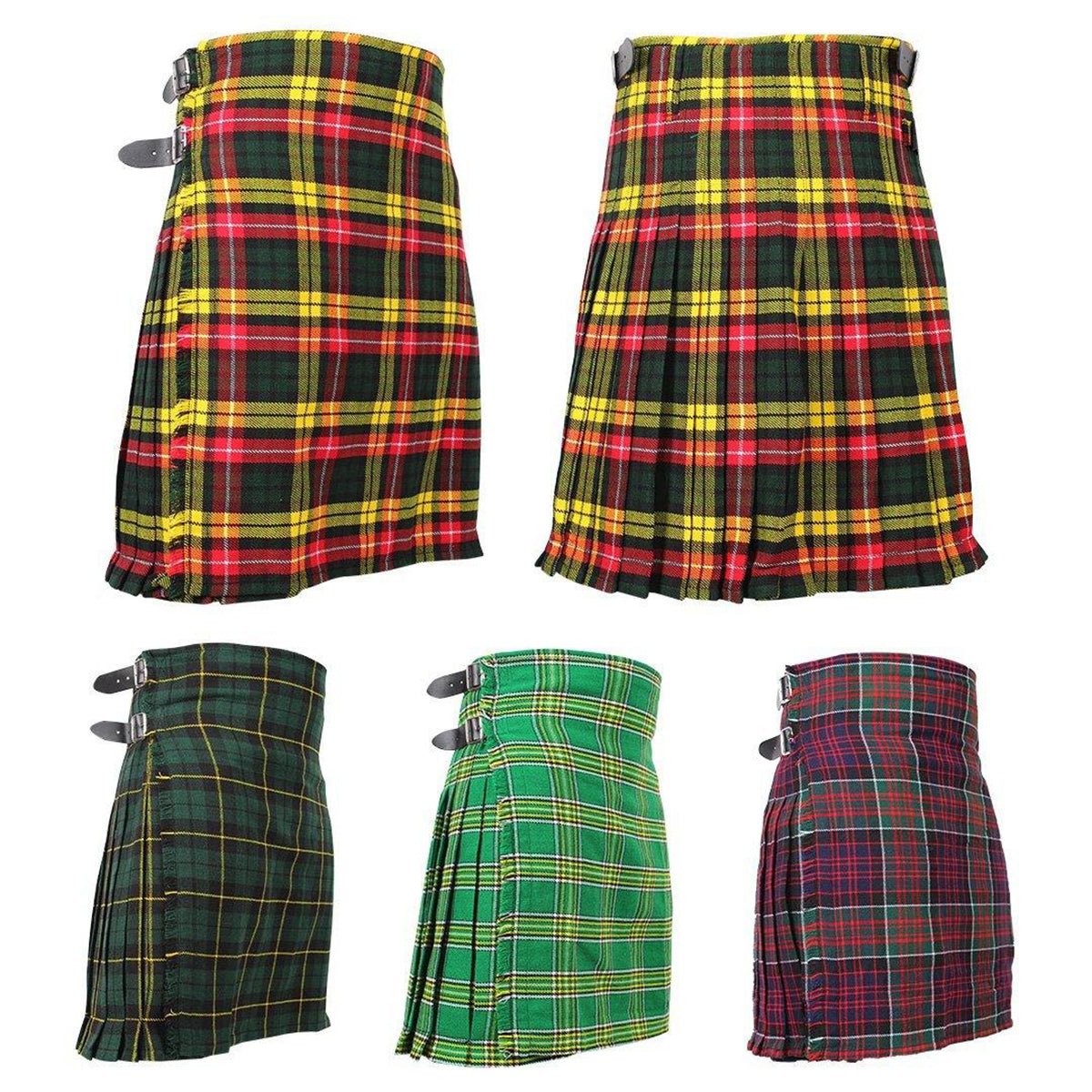
 100% Acrylic Wool
100% Acrylic Wool Available in 5500 tartans
Available in 5500 tartans Custom made in 1-2 weeks
Custom made in 1-2 weeks Kilt Available In 5-8-9 Yards
Kilt Available In 5-8-9 Yards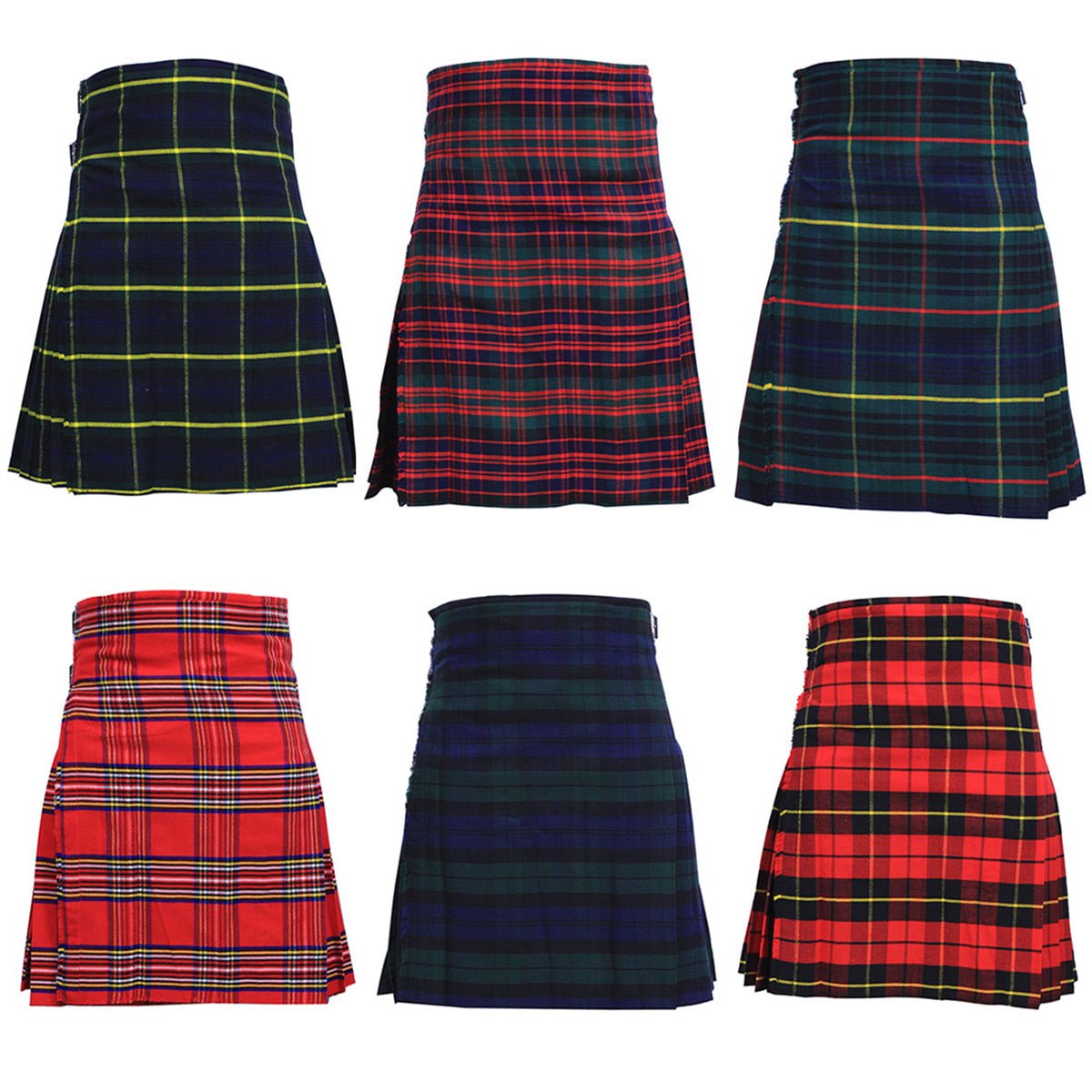
 100% Acrylic Wool
100% Acrylic Wool Available in 5500 tartans
Available in 5500 tartans Custom made in 1-2 weeks
Custom made in 1-2 weeks Kilt Available In 5-8-9 Yards
Kilt Available In 5-8-9 Yards
